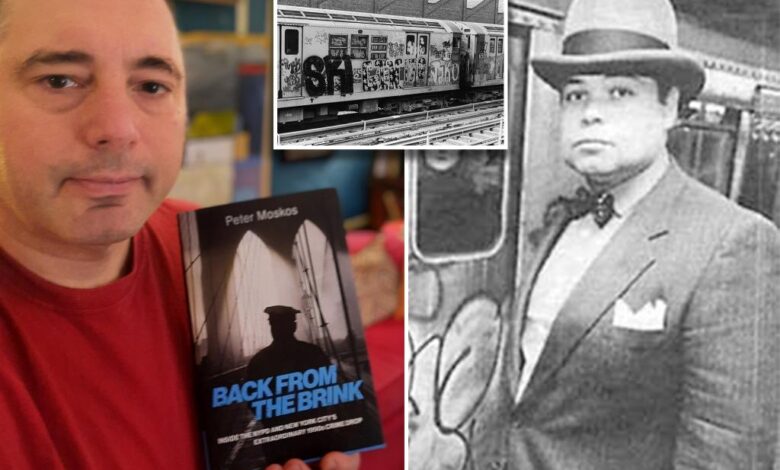An ode to cop creativity — how colorful characters with bold ideas made New York City safe

“Back from the Brink” by Peter Moskos: A Glimpse into NYC’s Crime Drop of the 1990s
Peter Moskos’ latest book, “Back from the Brink,” delves into New York City’s astonishing crime reduction in the 1990s, shedding light on the often overlooked perspective of law enforcement officers. As the city gears up for its mayoral primary in 2025, the book serves as a timely reminder to New Yorkers not to dismiss the impact of policing on crime rates, contrary to what some experts and academics may suggest.
In the midst of a mayoral race where public safety is a top concern, Moskos challenges the prevailing narrative that attributes crime reduction solely to social interventions, pointing out that factors like job creation, poverty, and drug-related issues remained largely unchanged during the city’s crime drop in the 1990s. Despite this, New York City managed to achieve a significant decrease in its murder rate over a five-year period, showcasing the effectiveness of a shift in policing strategies.
Rather than relying on social service alternatives to policing, as some candidates advocate, the book highlights the importance of empowering police leaders to implement innovative ideas and a new philosophy focused on reducing crime, fear, and disorder. Through a series of interviews with police officers and key figures who witnessed the transformation firsthand, “Back from the Brink” provides a behind-the-scenes look at the strategies and initiatives that contributed to the city’s turnaround.
From the tumultuous 1970s and 1980s to the restored order of the early 2000s, the book traces the evolution of policing in New York City, emphasizing the role of creativity and on-the-ground observations in driving progress. One of the central figures in this transformation is Jack Maple, a flamboyant NYPD executive known for his unconventional tactics and dedication to reducing crime. Maple’s innovative approaches, such as undercover operations and data-driven policing, laid the foundation for the CompStat system, a model now emulated worldwide.
The book also delves into the “Broken Windows” theory, popularized by George Kelling and James Q. Wilson, which underscored the importance of addressing minor infractions to prevent more serious crimes. By cracking down on quality-of-life offenses like fare evasion and public intoxication, the NYPD was able to create a sense of order and safety for residents, leading to a significant decrease in crime rates.
“Back from the Brink” showcases how small but effective interventions, such as enforcing behavioral standards in public spaces and utilizing creative policing methods, can have a lasting impact on community safety. By highlighting the contributions of frontline officers and unconventional thinkers, the book pays tribute to the individuals who played a pivotal role in New York City’s crime drop of the 1990s.
As we reflect on the lessons from the past, “Back from the Brink” serves as a powerful reminder of the importance of embracing new ideas, fostering creativity, and empowering law enforcement to drive positive change in our communities.





